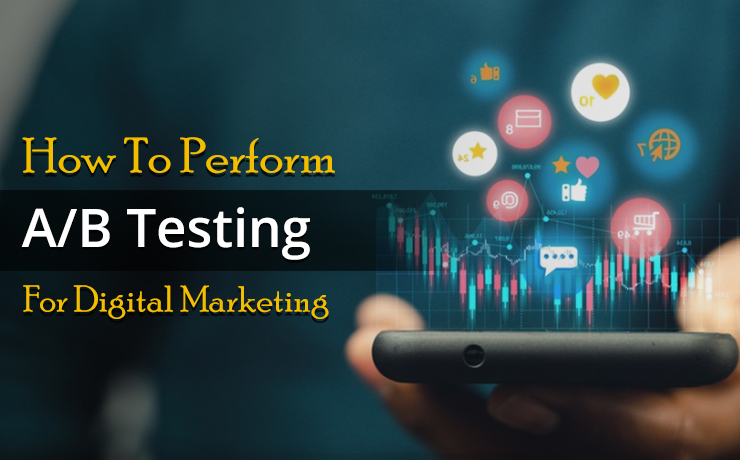
A/B testing, also known as split testing, is a method of comparing two versions of a web page or digital marketing campaign to determine which one performs better. By comparing data from two groups of users, businesses can make data-driven decisions about how to optimize their online presence for maximum engagement and conversion. A/B testing is a powerful tool for digital marketers, but it can be difficult to know where to start. In this article, we will explore the basics of A/B testing and provide a step-by-step guide to performing your own A/B test focusing on 5 key steps.
Step 1: Define Your Objective
Before you begin your A/B test, it is crucial to define a clear and measurable objective for what you are trying to achieve. This could be increasing conversions, improving click-through rates, or even just gaining a better understanding of how your users interact with your website. Defining a clear objective will help you to plan your test and focus on the important variables that need to be tested.
Step 2: Choose Your Test Variables
Once you have defined your objective, you need to choose the variables that you will be testing. These could be changes to the layout of your website, the text or images used in a marketing campaign, or even the color of a call-to-action button. It is important to choose variables that are directly related to your objective, and that you can easily track the results of. It’s also important to consider the potential impact of the variable changes in order to prioritize the variable to be tested.
Step 3: Create Your Test Variations
Once you have chosen your test variables, you need to create the variations that you will be testing. This could involve creating a new version of a web page or creating two different versions of an online advertising campaign. It is important to make sure that all variations are as similar as possible, except for the variable that you are testing. This will help to minimize the interference of other variables and ensure a fair comparison between the variations.
Step 4: Run and Analyze the Test
Once your test is set up, you can start to run it. It is important to run your test for a long enough period of time to get a statistically significant sample size, and to make sure that you are collecting data from a representative group of users. Once your test is complete, you can start to analyze the results. This could involve comparing the conversion rates of the different variations or looking at other metrics such as click-through rates or bounce rates. It is important to make sure that you are looking at the data in the context of your objective, and that you are not making assumptions based on small sample sizes. It’s also important to conduct statistical analysis to ensure the results are statistically significant and not just by chance.
Step 5: Take Action
Once you have analyzed the results of your test, you need to take action. This could involve making changes to your website or marketing campaign based on the results of your test or running additional tests to gain a better understanding of your users. It is important to remember that A/B testing is an ongoing process, and that you should be constantly looking for ways to improve your online presence.
 Free
Consultation
Free
Consultation Free
Google Ads Audit
Free
Google Ads Audit








